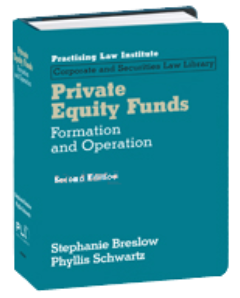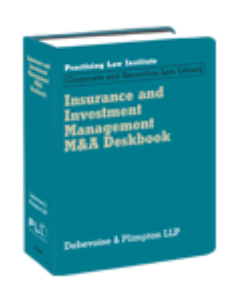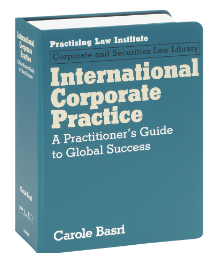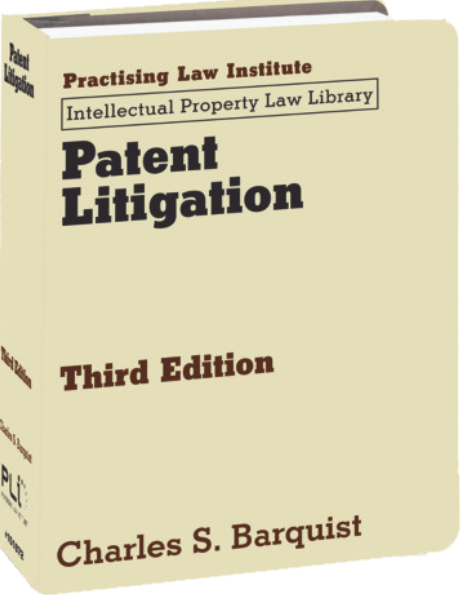
Private Equity Funds: Formation and Operation examines the various fund types, including PIPEs, SPACs, mezzanine funds, and credit opportunity funds, and is designed to provide a comprehensive understanding of how private equity funds work and are regulated.
Written by expert private equity fund specialists from Schulte Roth & Zabel LLP, this book provides guidance on major decisions when creating a new fund, such as choosing the right organizational options for funds and their sponsors, structuring and implementing ownership and compensation arrangements that work best for each fund, negotiating terms between fund sponsors and investors, hiring and retaining the best fund talent, and qualifying for the Securities Act’s private placement exemption, the IAA’s exclusion from registration as an investment adviser, and other exemptive relief.
The new release includes updates to the following chapters:
- Chapter 1 includes new coverage of growth capital funds and credit dislocation funds.
- Chapter 7 updates discussion of the job application and includes Students for Fair Admissions, Inc. v. President and Fellows of Harvard College, 600 U.S. 181 (2023).
- Chapter 12 includes updated discussions of the May 3, 2023, SEC amendments to Form PF requiring current reporting upon the occurrence of key events and also discusses the Private Fund Advisers Rule, which includes new rules and amendments to the Advisers Act applicable to private fund advisers.
- Chapter 13 discusses the new rules, 3a5‑4 and 3a44‑2, under the Exchange Act to further define what it means to be “engaged in the business” of buying and selling securities for one’s own account.
- Chapter 17 is a brand-new chapter that examines the class of credit extended by institutions to alternative asset managers to capitalize their funds.
The Index has also been updated for this release.
Order a print copy today.
PLI PLUS subscribers can access this title through their subscription.








